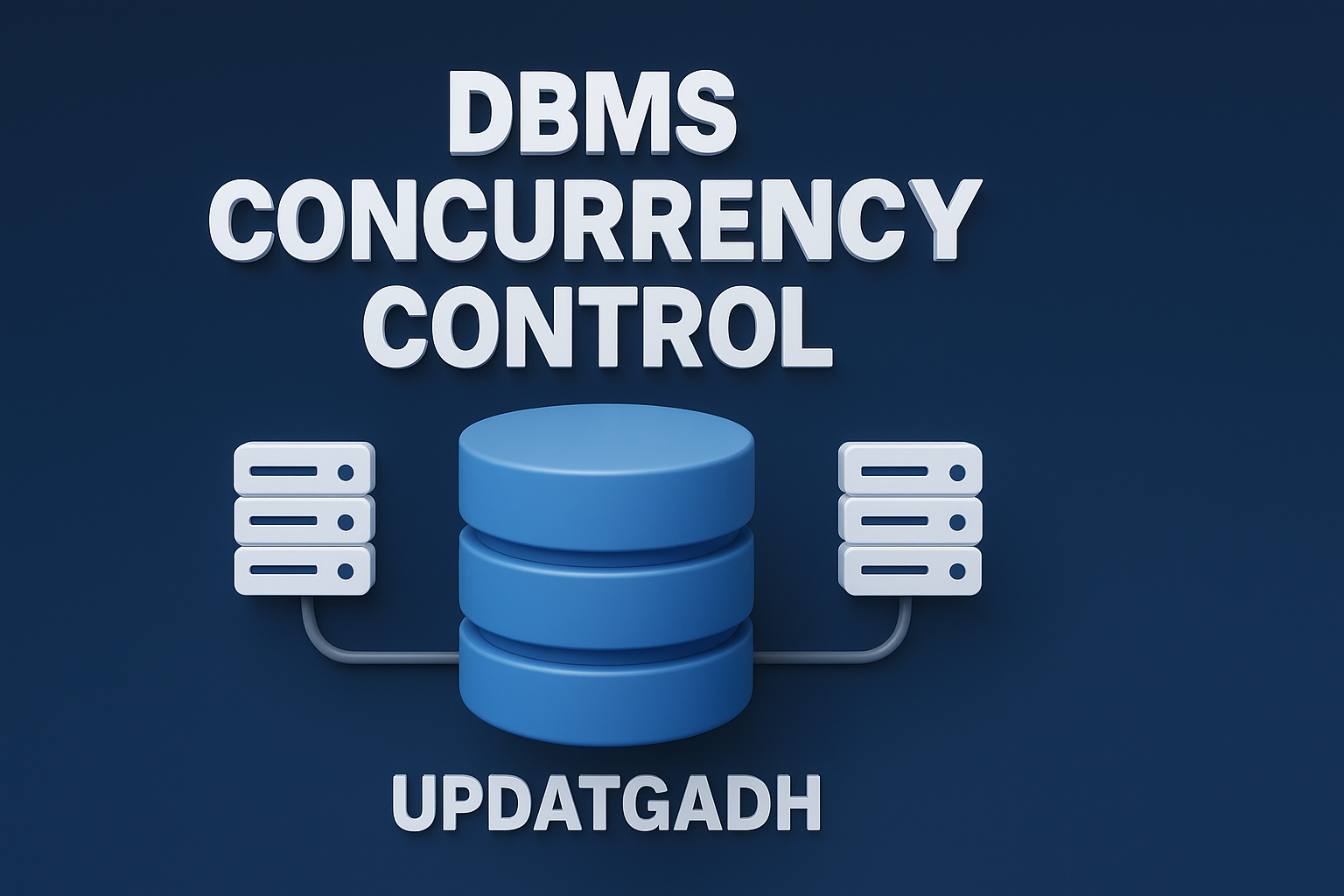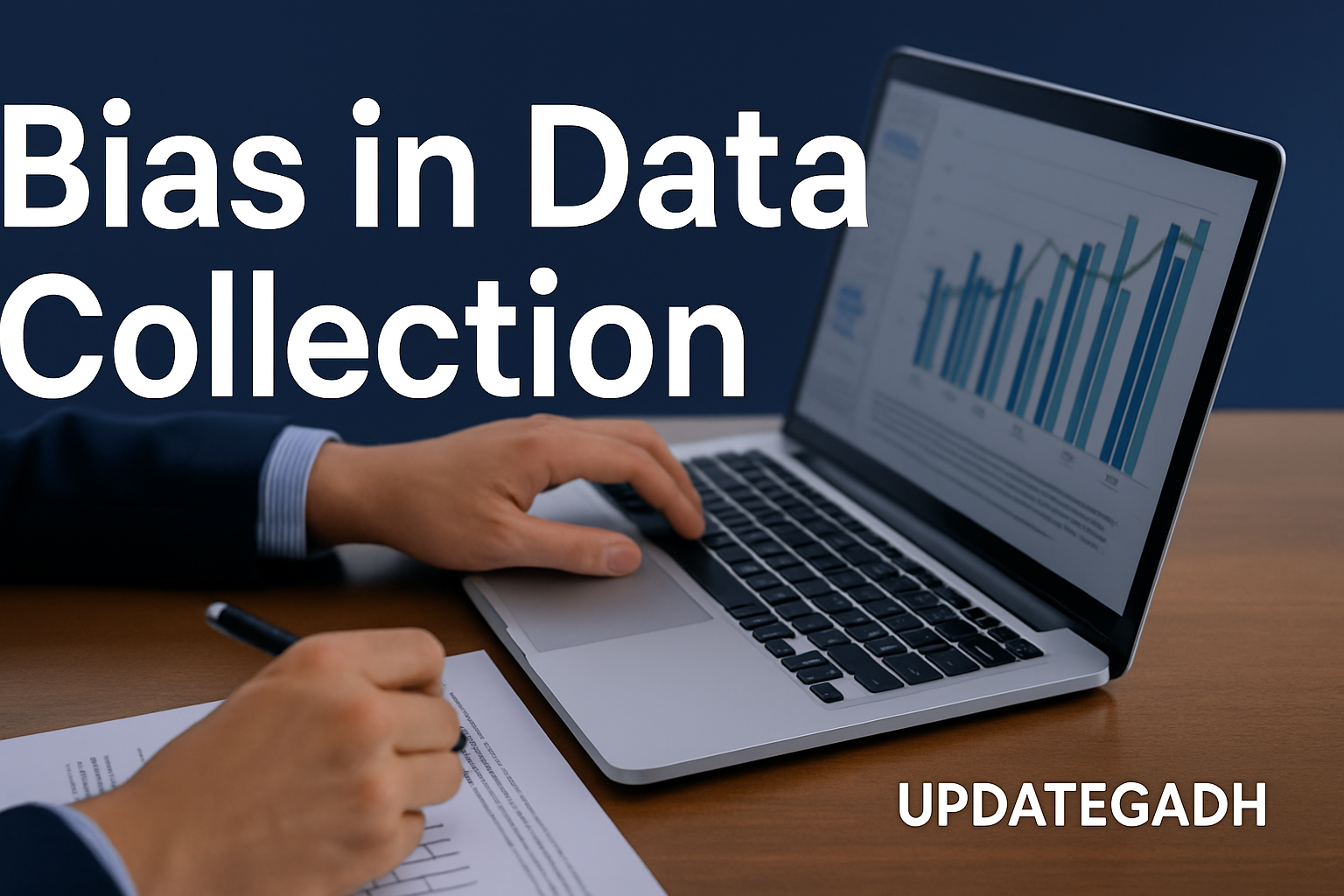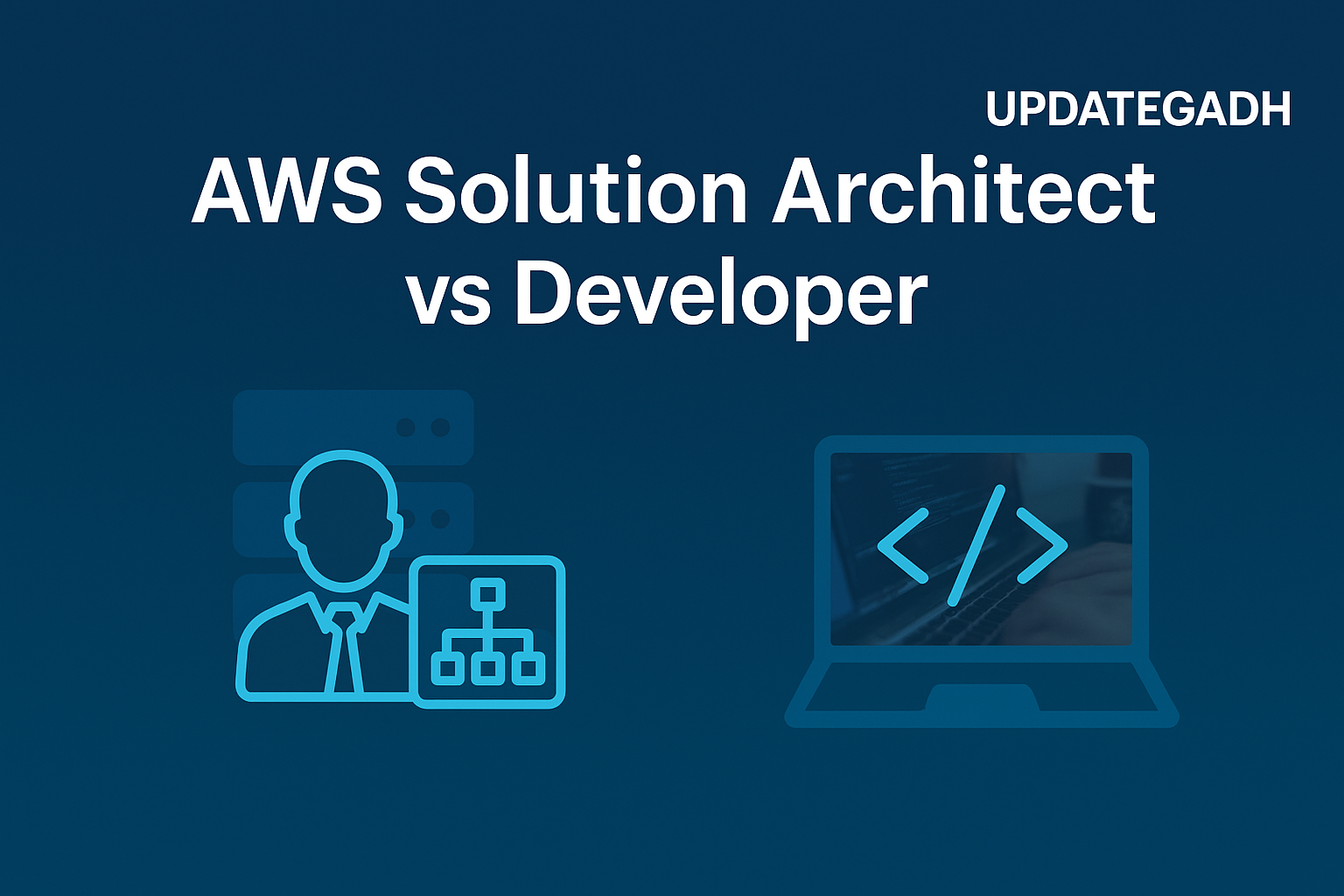
Linear Programming: Definition, Methods, and Problems
Linear Programming
Introduction
Linear Programming (LP) is a powerful mathematical technique used for optimization—maximizing or minimizing a linear objective function subject to a set of linear constraints. Introduced in the 20th century, LP has become an essential tool across industries like operations research, economics, engineering, logistics, and finance.
At its essence, LP helps decision-makers identify the best possible outcome in scenarios involving limited resources. The term “linear” signifies that both the objective function and the constraints exhibit linear relationships—meaning the variables are proportionally and additively related.
Visually, LP problems are often represented by feasible regions formed by the constraints, with the optimal solution lying at one of the extreme points. While simple LP problems can be solved graphically, more complex cases require advanced algorithms like the Simplex Method or Interior Point Methods for efficient and accurate solutions.
From resource allocation and production scheduling to financial portfolio optimization and logistics planning, LP’s flexibility and effectiveness make it a cornerstone of strategic decision-making.
Complete Python Course with Advance topics:-Click Here
SQL Tutorial :-Click Here
Machine Learning Tutorial:-Click Here
Definition of Linear Programming
Linear Programming is a quantitative technique used for optimization. It seeks to maximize or minimize a linear objective function while satisfying a set of linear constraints. These constraints represent limitations on resources such as time, money, labor, or materials.
A general form of a linear programming problem looks like this:
Maximize or Minimize:
Z = c₁x₁ + c₂x₂ + ... + cnxn
Subject to constraints:
a₁₁x₁ + a₁₂x₂ + ... + a₁nxn ≤ b₁
a₂₁x₁ + a₂₂x₂ + ... + a₂nxn ≤ b₂
…
am₁x₁ + am₂x₂ + ... + amnxn ≤ bm
x₁, x₂, ..., xn ≥ 0
Core Components of Linear Programming
✅ Decision Variables
These are the unknowns we need to solve for. They represent quantities that the decision-maker can control (e.g., how many units to produce or how much to invest).
🎯 Objective Function
This is the goal we aim to achieve—either maximizing profit or minimizing cost. It’s a linear equation in terms of decision variables.
⛔ Constraints
These are the limitations or requirements (like budget, capacity, time, or raw materials) that the solution must respect.
➕ Non-negativity Restriction
Decision variables cannot be negative because negative quantities often don’t make sense in real-life contexts.
Types of Linear Programming
1. Standard Linear Programming
Focuses on optimizing a linear function subject to linear inequality constraints.
Use Case: Production planning, scheduling, basic logistics.
2. Integer Linear Programming (ILP)
Requires all decision variables to be integers.
Use Case: Network design, staff scheduling.
3. Binary Linear Programming
Variables are restricted to 0 or 1.
Use Case: Yes/no decisions, circuit design, facility location.
4. Mixed-Integer Linear Programming (MILP)
A combination of continuous and integer variables.
Use Case: Supply chain planning, energy systems.
5. Multi-Objective Linear Programming
Optimizes multiple conflicting objective functions simultaneously.
Use Case: Environmental planning, resource trade-offs.
6. Dynamic Linear Programming
Extends LP to time-dependent decision scenarios.
Use Case: Inventory control, multi-period financial planning.
Applications of Linear Programming
-
- 📦 Production Planning: Optimize product mix and resource use for maximum profit.
-
- 🚛 Supply Chain & Logistics: Improve delivery routes, inventory levels, and transportation efficiency.
-
- 💰 Financial Portfolio Optimization: Allocate assets for optimal return under risk and budget constraints.
-
- 📢 Marketing Campaigns: Distribute budgets across channels to maximize reach and engagement.
-
- 🌾 Agriculture: Maximize crop yield or profits by allocating land, labor, and fertilizers.
-
- 🛠️ Project Scheduling: Allocate time and resources efficiently to meet deadlines and minimize costs.
Common Linear Programming Problem Types
| Problem Type | Description | Example |
|---|---|---|
| Maximization Problem | Maximize a linear function under constraints | Maximize profit from a product mix |
| Minimization Problem | Minimize a linear function under constraints | Minimize transportation cost |
| Standard Form Problem | Constraints are in inequality form, variables are non-negative | Solve using Simplex method |
| Canonical Form Problem | All constraints are equalities | Convert inequalities to equalities using slack variables |
| Feasibility Problem | Check if constraints can be satisfied | Check if a solution exists for resource allocation |
| Unbounded Problem | No finite optimal solution due to unlimited resources | Maximize profit when resources are infinite |
Methods for Solving Linear Programming Problems
📊 Graphical Method
Used for problems with two variables. The feasible region is plotted, and the optimal point is identified visually.
Best For: Simple, visual-friendly problems.
➕ Simplex Method
An iterative approach that moves along vertices of the feasible region to find the optimal point.
Best For: Medium to large-scale problems.
🔁 Dual Simplex Method
A variant of the simplex method used when the initial solution is infeasible but optimality conditions are met.
Best For: Problems where the Simplex fails initially.
🎯 Interior Point Methods
Traverse through the interior of the feasible region rather than edges. Efficient for large-scale LP problems.
Best For: High-dimensional problems with many variables.
🌳 Branch and Bound
Divides the feasible region into smaller subproblems and eliminates those that don’t lead to an optimal solution.
Best For: MILP problems.
🧬 Genetic Algorithms
Inspired by natural selection, they evolve a set of solutions over generations.
Best For: Complex, non-linear problems.
📉 Gradient Descent
An iterative approach based on the gradient of the function.
Best For: Convex problems and machine learning optimization.
🧮 Karmarkar’s Algorithm
A polynomial-time interior-point method that’s efficient for large LP problems.
Best For: Complex, computation-heavy LP tasks.
Download New Real Time Projects :-Click here
Complete Advance AI topics:- CLICK HERE
Conclusion
Linear Programming remains a robust and indispensable tool in the modern optimization toolkit. From guiding high-stakes business decisions to streamlining operations across industries, its relevance continues to grow with the complexity of real-world challenges.
Whether you’re a student, researcher, or professional, understanding LP can equip you with the skills to tackle a wide range of problems using logic, precision, and strategic thinking.
Explore more educational resources at UpdateGadh.
Stay curious. Stay optimized. ✅
linear programming problems and solutions pdf
linear programming examples
linear programming problems and solutions examples
constraints in linear programming
formulation of linear programming problem
what is linear programming explain with examples
types of linear programming
linear programming pdf
linear programming definition methods and problems pdf
linear programming definition methods and problems with solutions
linear programming definition methods and problems in c
linear programming definition methods and problems with examples
linear programming problems and solutions pdf
linear programming pdf
linear programming in operation research










Post Comment